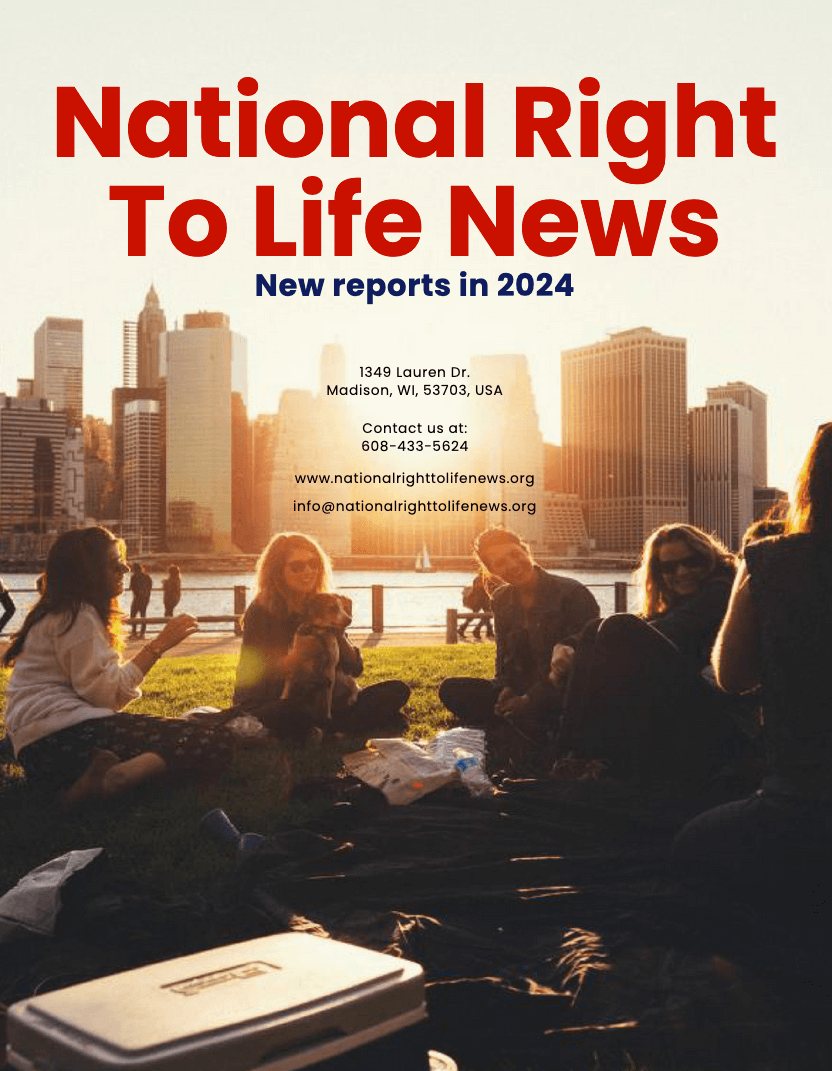As the week progresses, we continue to disseminate information about the National Right to Life convention, held in Milwaukee, Wisconsin. This post is motivated by the workshops on state legislation and their capacity to influence, motivate, and shape the moral imagination.
When the speakers mentioned ultrasounds, I was immediately reminded of a thought-provoking article published by First Things online. “Visualizing the Human,” written by Victor Lee Austin, offers a morally imaginative perspective on the revelatory power of ultrasound and its capacity to expand our visual imagination.
Austin, a theologian-in-residence at St. Thomas Church in New York City, recounts his experience of his mother’s pregnancy when he was six years old. He was permitted to touch and feel her “swollen belly,” which he described as having particular bumps. He was informed that the baby was kicking.
The poignancy of his account is enhanced by the fact that his sister was stillborn and his mother died in childbirth. In reflecting back on the past half-century, Austin writes of his sister that “her human reality was more hypothetical than actual. I had, and continue to have, no direct experience of her.”
This situation is undergoing a radical transformation. Austin offers the following commentary:
It is evident that every expectant couple, regardless of age, desires to witness the development of their unborn child. This desire is commonly fulfilled through prenatal visits, during which the couple is often presented with images of their baby’s growth, often captured through sonograms. These images, which often serve as the first in a series of photographs, are frequently taken during the prenatal period.
Furthermore, the advent of prenatal photography has influenced the way parents interact with their child. One couple recently informed me that they refer to their child as “our little guy,” a term that highlights the intimate and personal nature of these images. Alternatively, they may say, “Our baby would now fit in the palm of my hand.” They express great delight in seeing the baby’s limb, the head, the sex, even fingers. They also express great delight in seeing the heart and looking into its chambers.
The visual imagination of the human being in our culture is undergoing a profound transformation, one that is largely unnoticed and far below the radar of the political debates. Traditionally, our culture has depicted the human life cycle as a linear progression from birth to death. However, adults who are now becoming parents, along with their friends and an increasingly wider circle, no longer consider it strange to consider and picture the human being as one of us, as a human being whose weight is measured in ounces rather than pounds and whose size is given in terms of a portion of one’s own hand.
However, it is difficult to imagine that the near-omnipresence of images of the unborn child (from sonograms in albums to sonograms attached to refrigerators to a multitude of advertisements) does not exert a powerful influence on pregnant women and their partners, persuading them to allow the child to complete its journey.
In the absence of such an association, there would likely be a severe case of cognitive dissonance. Having just observed the unborn child moving about in her mother’s womb, it is difficult to conceive of her as anything other than a baby.
However, when the recognition of the obvious runs headlong into our desire to erase the “problem”—that is, a problem pregnancy—a tension (a cognitive dissonance) arises, and we tend to slip into avoidance, rationalization, and loopy logic to resolve that tension caused by the discrepancy. It is also worth noting that this often entails the need to persuade others to validate our decision.
Austin posits that in the past, individuals were aware that a child was developing within the womb, yet it was challenging to visualize this child. However, the advent of technology has made it easier to visualize the unborn child. Furthermore, the transformative impact of this “aha” moment is likely to increase as more states permit mothers experiencing a crisis to see their unborn child.
Daniel Miller is responsible for nearly all of National Right to Life News' political writing.
With the election of Donald Trump to the U.S. presidency, Daniel Miller developed a deep obsession with U.S. politics that has never let go of the political scientist. Whether it's the election of Joe Biden, the midterm elections in Congress, the abortion rights debate in the Supreme Court or the mudslinging in the primaries - Daniel Miller is happy to stay up late for you.
Daniel was born and raised in New York. After living in China, working for a news agency and another stint at a major news network, he now lives in Arizona with his two daughters.

